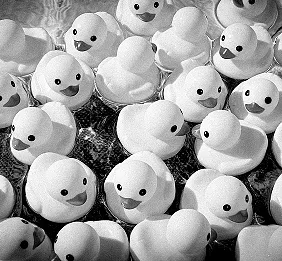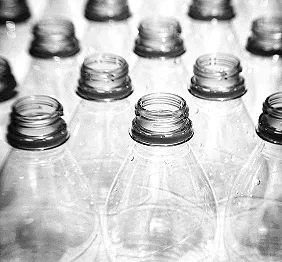

Where is DEHP already banned or restricted?
Di-(2-ethylhexyl) phthalate (DEHP) is a toxic chemical not allowed in many everyday products due to potential health and environmental risks.

Children's

water
bottles

meat
packaging
WHY IS DEHP STILL ALLOWED IN IV BAGS?
Most IV bags in the U.S. are made with polyvinyl chloride (PVC) and require a plasticizer like Di-(2-ethylhexyl) phthalate (DEHP) to make the rigid plastic more flexible.1 Unfortunately, DEHP is a known toxic chemical that can leach into IV fluids, potentially putting patients at risk—particularly the most vulnerable patients.2


DEHP has been linked to reproductive risks
In pediatric patients, DEHP exposure can potentially affect developing reproductive systems.3


DEHP can affect pregnant women
Pregnant women who come in contact with DEHP may expose the fetus, potentially causing serious DEHP effects.4


DEHP and chemotherapy don’t mix
Patients undergoing chemotherapy could receive less than the prescribed doses of necessary medications due to leaching.5
How can I get involved?
Sign the petition to the FDA demanding new guidelines to help protect patients from DEHP exposure.
References: 1. Schettler T. Polyvinyl chloride in health care: a rationale for choosing alternatives. Health Care Without Harm. Published January 2020. Accessed April 1, 2025. https://us.noharm.org/media/4423/download?inline=1 2. Agency for Toxic Substances and Disease Registry (ATSDR). 2022. Toxicological profile for Di(2-ethylhexyl)phthalate (DEHP). Atlanta, GA: U.S. Department of Health and Human Services, Public Health Service. Accessed May 16, 2025. https://www.atsdr.cdc.gov/toxprofiles/tp9-c1-b.pdf 3. Hannas BR, Furr J, Lambright CS, et al. Dipentyl phthalate dosing during sexual differentiation disrupts fetal testis function and postnatal development of the male Sprague-Dawley rat with greater relative potency than other phthalates. Toxicol Sci. 2011;120(1):184-193. doi:10.1093/toxsci/kfq386. 4. Sharpe RM, Skakkebaek NE. Testicular dysgenesis syndrome: mechanistic insights and potential new downstream effects. Fertil Steril.2008;89(suppl 2):e33-e38. doi:10.1016/j.fertnstert.2007.12.026. 5. Center for Devices and Radiological Health. Safety assessment of Di(2 Ethylhexyl)Phthalate (DEHP) released from PVC medical devices. Health Care Without Harm. Published February 2, 2022. Accessed April 1, 2025. https://us.noharm.org/media/3878/download?inline=1
Sign Up
Have an account? Sign In